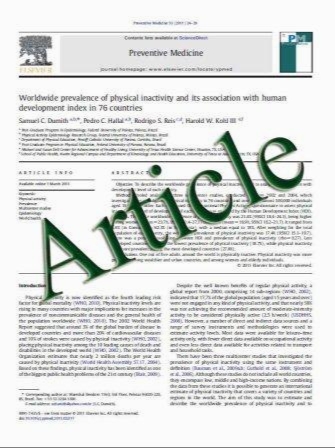Rapid Onset and Sustained Efficacy (ROSE) study: results of a randomised, multicentre trial comparing the effect of zoledronic acid or alendronate on bone metabolism in postmenopausal women with low bone mass
- نوع فایل : کتاب
- زبان : انگلیسی
- مؤلف : P. Hadji & D. Gamerdinger &W. Spieler & P. H. Kann & H. Loeffler & K. Articus & R. Mِricke & V. Ziller
- چاپ و سال / کشور: 2011
Description
Summary The ROSE study compared a once-yearly intravenous dose of zoledronic acid with a once-weekly oral dose of alendronate in postmenopausal women. Once-yearly zoledronic acid showed a greater and faster reduction in the levels of two markers of bone turnover and may be an effective option for the treatment of osteoporosis. Introduction The open-label Rapid Onset and Sustained Efficacy (ROSE) study was designed to compare a onceyearly intravenous (iv) dose of zoledronic acid with a onceweekly oral dose of alendronate with respect to markers of bone turnover in approximately 600 postmenopausal women in Germany. Methods Levels of N-telopeptide of collagen type I (NTx) and procollagen 1 C terminal extension peptide (P1NP) were assessed during the study. The primary objective was to assess if zoledronic acid was superior to alendronate in reducing serum NTx levels after 12 months’ treatment. Results A significantly greater reduction in NTx levels from baseline to month 12 (as determined by the area under the curve) was observed in patients treated with zoledronic acid (n=408) versus those receiving alendronate (n=196; 0.282 ng/mL vs. 0.270 ng/mL; P=0.012). The reduction in levels of P1NP after 1 year was also significantly greater in patients treated with zoledronic acid compared with those receiving alendronate (28.21 vs. 25.53 ng/mL; P=0.0024). The overall incidence of adverse events was similar between groups; both treatments were generally well tolerated. Although post-dose symptoms, including the incidence of influenza-like symptoms, were higher with zoledronic acid than alendronate initially, the incidence was similar between groups from days 4–360. Gastrointestinal symptoms were more frequent with alendronate than zoledronic acid throughout the study. Conclusion In this study, once-yearly iv zoledronic acid provided a greater and faster reduction in the levels of NTx and P1NP versus once-weekly oral alendronate.
Osteoporos Int DOI 10.1007/s00198-011-1583-4 Received: 1 November 2010 / Accepted: 25 January 2011


